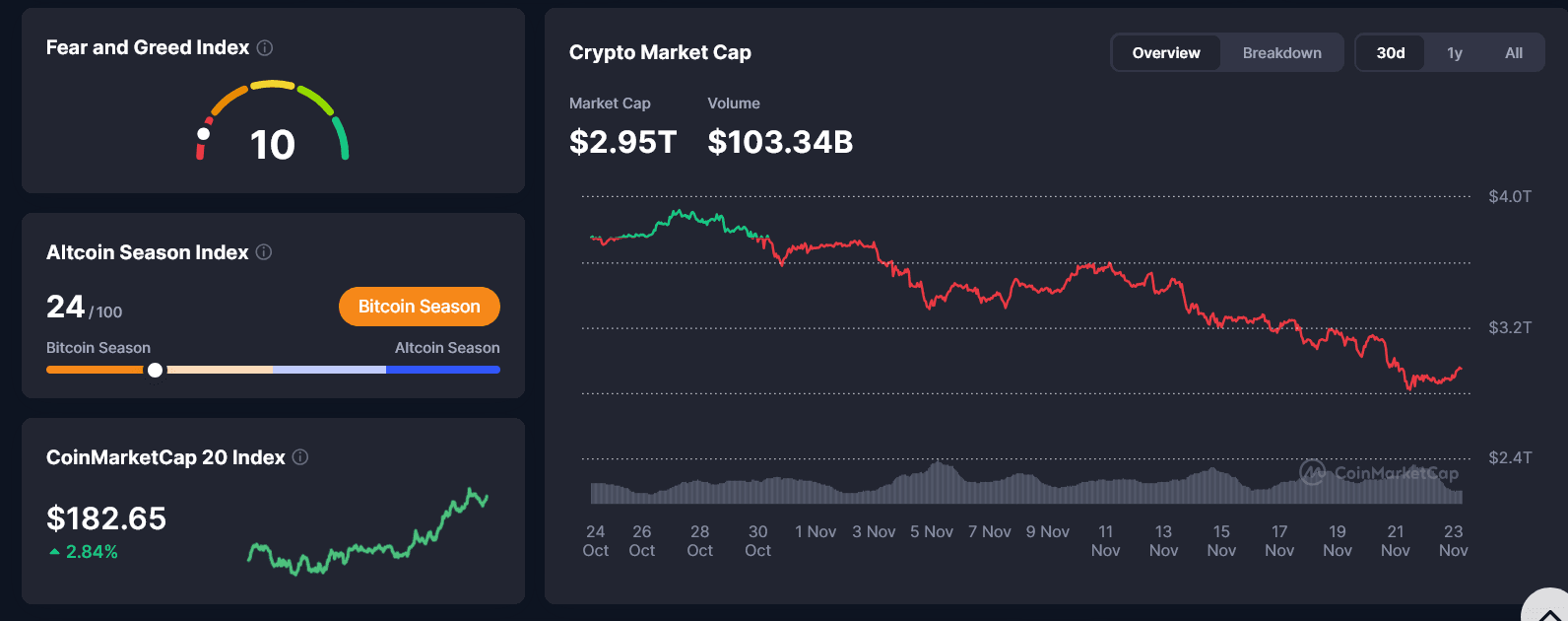Bitcoin’s Abrupt Price Swings and Institutional Outflows: An In-Depth Analysis of Market Dynamics and Liquidity Challenges
- Institutional investors are shifting capital from Bitcoin to AI infrastructure, driven by higher returns in 2025. - Bitcoin's liquidity has declined, with order book depth dropping to $14M by mid-2025, exacerbating volatility. - Structural shifts, including mining repurposing and AI-focused capital flows, threaten Bitcoin's hash rate and market stability. - Alternative projects like XRP Tundra and AI-driven risks challenge Bitcoin's dominance, complicating investor strategies.
Institutional Exodus: Shifting Focus from Bitcoin to AI Infrastructure
The traditional foundation of institutional support for Bitcoin has weakened as organizations redirect resources to AI-centric ventures. Leading companies such as
This trend has two major consequences for Bitcoin. First, diverting capital and energy from mining threatens the network’s hash rate and overall security. Second, the departure of major liquidity providers—who once stabilized Bitcoin’s trading environment—has intensified price swings. This pattern is further aggravated by broader economic factors, such as ETF withdrawals and uncertainty around Federal Reserve policies, which have
Liquidity Trends: Shrinking Order Books and Heightened Risk
In 2025, Bitcoin’s liquidity indicators point to a concerning decline.
Market activity has also become more concentrated, with a few exchanges handling the majority of trades. Exchanges such as Bitget have
Market Structure: An Increasingly Precarious Environment
The combination of institutional outflows and liquidity challenges has revealed weaknesses in Bitcoin’s market framework.
This dispersal of investment has created a feedback loop: as liquidity drops, volatility rises, which then discourages further institutional participation.
Investment Perspective: Adapting to a Transformed Market
Investors in 2025 must rethink their risk management approaches. Although Bitcoin still plays a central role in digital asset portfolios, its liquidity issues require strategies to manage increased volatility. Alternatives like XRP Tundra, with clear token structures and cross-chain features, could provide new opportunities for yield and governance
In the near future, Bitcoin’s price is expected to remain highly responsive to macroeconomic trends and developments in the AI sector. Over the long term, its durability will hinge on how well it adapts to a market increasingly shaped by AI-focused capital flows.
Summary
The volatility seen in Bitcoin during 2025 reflects deeper, ongoing changes in the market’s structure. The movement of institutional funds toward AI infrastructure, along with shrinking order books, has produced a fragile environment where liquidity risks are pronounced. While innovations like XRP Tundra’s dual-token approach may broaden investment strategies, the main challenge remains rebuilding institutional trust in Bitcoin’s market. For now, Bitcoin continues to represent a high-risk, high-reward asset in a rapidly changing financial landscape.
Disclaimer: The content of this article solely reflects the author's opinion and does not represent the platform in any capacity. This article is not intended to serve as a reference for making investment decisions.
You may also like
What's Next For the Crypto Market?

Bitcoin News Today: Bitcoin as Digital Gold, Ethereum as the Engine of Decentralized Finance: How Cryptocurrencies Are Carving Out Distinct Functions
- BlackRock executives highlight Bitcoin's shift toward "digital gold" as a long-term store of value, supported by institutional demand and fixed-supply models like Bitcoin Munari. - Ethereum's faster transaction velocity (3x BTC) reinforces its "digital oil" role, contrasting with Bitcoin's stable, passive accumulation strategy and macro-hedge appeal. - Regulatory clarity on stablecoins and blockchain transparency could deepen Bitcoin's institutional adoption while highlighting risks in altcoins like Aero

Stargate’s AI Strategy: Safeguarding the Nation or Raising Antitrust Concerns?
- Stargate, a $500B AI joint venture led by OpenAI, Oracle , and Nvidia , aims to consolidate computing power across seven gigawatt data centers in the U.S. and UAE. - Yale scholar Madhavi Singh warns the alliance violates antitrust laws by merging fierce competitors, risking cartel-like behavior and stifling innovation in chips and cloud services. - Critics argue Stargate eliminates competition in key AI sectors, while the Trump administration and lawmakers praise it as a strategic move to counter China,

Bitcoin Updates Today: Bitcoin Faces a Battle: DWF Issues Buy Alert Amid Market Turbulence
- DWF Labs buys Bitcoin at $84,000 amid 30%+ drop from $126,000 peak, signaling institutional confidence despite market turbulence. - U.S. market weakness highlighted by 21-day negative Coinbase premium (-0.0989%) and $3.79B ETF outflows, including $523M from BlackRock's IBIT . - Strategic buyers like Harvard (+250% IBIT holdings) and Japan's Metaplanet (¥15B allocation) contrast with $4B in realized Bitcoin losses and 35% drop in futures open interest. - Long-term bullish factors include U.S. Strategic Bi
